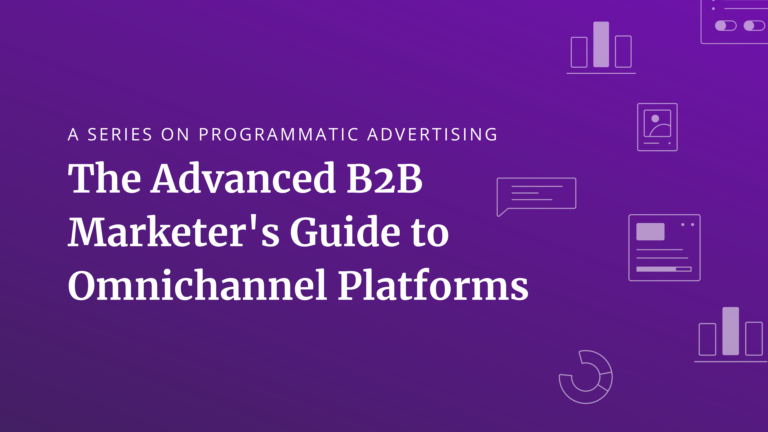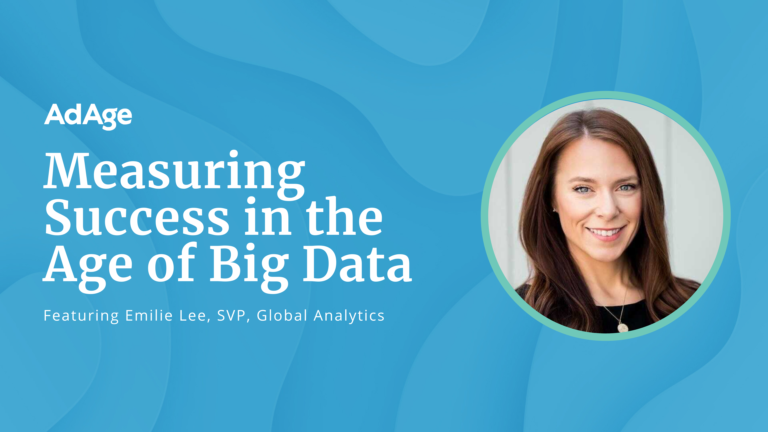When you pair smarter keyword matching with Smart Bidding and AI-powered ad units, you get a powerful system backed by decades of machine learning, big data and algorithmic prediction.
When in doubt, break it out.
That was my mantra for many years, because for the majority of my career managing Google Ads, I used manual bidding. With manual bidding, heavy segmentation afforded the level of granularity necessary to structure an account that drove minor improvements in performance. And as we all know, a lot of small improvements add up.
But then artificial intelligence entered the scene. Thanks to machine learning, Search has evolved. Google’s modern algorithms are becoming particularly good at understanding the intent behind a search query. As such, keyword matching (which is at the heart of a paid search campaign) has also become smarter. Over the years, Google has broadened its matching rules to better match the underlying intent rather than rely so heavily on syntax. For this to work, Google takes into consideration a lot of signals beyond just the words typed into the search engine.

When you pair smarter keyword matching with Smart Bidding and AI-powered ad units, you get a powerful system backed by decades of machine learning, big data and algorithmic prediction. Despite these advancements and Google’s ability to “read between the lines,” we still see Google Ads accounts with overly complex structures and artificial constraints that impede performance.
A few of the worst offenders:
- Match-type-specific ad groups and campaigns
- Duplicate keywords across every match type
- Single keyword ad groups
- “Funneling” to match type using negatives
- Monitoring the search terms report and adding low-volume search terms as exact keywords (even though they’re already captured by other targeting)
- Manual bidding at keyword level and using bid adjustments / bidding rules
Match-type-specific ad groups and campaigns
Duplicate keywords across every match type
Single keyword ad groups
“Funneling” to match type using negatives
Monitoring the search terms report and adding low-volume search terms as exact keywords (even though they’re already captured by other targeting)
Manual bidding at the keyword level and using bid adjustments / bidding rules
If you are still doing any of these common practices, it’s time to level up your Google Ads account. Let’s dig in and see why simpler structures are better.
1.
Better Performance Through Machine Learning
Larger ad group traffic volume allows machine learning-based solutions like Responsive Search Ads to learn faster and understand your target audience better.
2.
Ease Of Management
Simpler structures enable specialists to focus on strategy and not manual tasks -providing an estimated 20% time savings, according to Google surveys.
3.
Easier To Identify Insights Allowing Better Decision Making
Aggregated data can help identify trends sooner and that are more applicable to the overall marketing plan. Data can still be segmented and drilled down to uncover more specific insights.
4.
Less Margin Of Error
Let’s face it, we’re human and humans make mistakes.
What is Smart Bidding and how does it help unlock simpler structures?
Smart Bidding is an automated, machine-learning powered bidding strategy that sets unique bids for each individual auction and query based on your marketing goals and conversion likelihood.
Google relies on thousands of signals from approximately 20 different categories to help determine intent and set bids accordingly. Some examples are device, OS, interface language, time of day, previous browsing behavior, remarketing list membership, and the actual search query (not just the matching keyword). Smart Bidding can also leverage conversion history from all the campaigns in your account. This means it even works with campaigns that are brand new or have low conversion volume. Smart Bidding can even use cross-account data if conversions are set up at the MCC-level.

When considering a simplified, modern structure powered by Smart Bidding, it’s important to first consider the fundamentals that will guide that structure and ensure success. First, forget the vanity metrics and instead think about your business objectives. By setting a goal, such as leads, you can select the appropriate bid strategy and ensure alignment with desired business outcomes. Next, remember that creative relevance is still important. We want to simplify structure, but still need to provide a seamless and relevant user journey. Lastly, you’ve heard of the saying “garbage in, garbage out” – this holds true with Smart Bidding, so it’s vital to train the algorithm with data and conversion points that add value. Make sure you’re set up for success by creating a measurement plan that evaluates and reports on interactions that drive the user down the funnel.
4 Steps to a Simplified, Modern Search Account
Now you’re ready to simplify and harness the power of Google’s machine-learning supercharge your search account. The roadmap is broken down into four steps:
1.
Consolidate Traffic
Remove unnecessary segmentations, such as keyword match type-based campaigns or day-parting. Bundle campaigns with similar goals into Portfolio Bid Strategies.
2.
Broaden Match Types
When using Smart Bidding, there is no incremental gain to having keywords repeated in different match types. Use the broadest match type possible within your budget and rely on Smart Bidding to set bids in real-time according to intent.
3.
Maximize Coverage with Dynamic Search Ads
For upper funnel intent, where users are in research mode, use DSA to deliver personalized, dynamically generated ads based on the relevant content on your website. Considering that 15% of searches every day are brand new and have never been seen by Google, this will ensure there are no gaps in your keyword strategy.
3.
Leverage Responsive Search Ads and Other Dynamic Features
Use the power of Google’s machine learning and intent signals to deliver highly tailored ads in real-time. Serve the right ad to the right user at the right time. Optimize CTR with Ad Customizers and Ad Extensions and let Google decide which ads to serve through Optimized Ad Rotation.
In addition to these steps, remember that audiences are “food” for Smart Bidding. Layer as many relevant audiences onto your campaigns as possible to provide important user signals to the bidding algorithm. Furthermore, make Smart Bidding even smarter by using Data-Driven Attribution to understand how campaigns and keywords work together throughout a multi-touch user journey. Lastly, don’t focus too much on Quality Score. While QS is a good indicator of relevance through the user journey, it doesn’t see the full picture.
Don't Settle for Leads - Optimize for Pipeline
Your new modern structure can now help you save time, gain incremental traffic, and improve performance. But why stop at online conversions such as lead form fills and webinar registrations? We can take this modern search structure a step further by optimizing toward pipeline and revenue with Offline Conversion Tracking. OCT will enable you to optimize for the outcomes and actions that matter most and improve your return on ad spend.
Final Thoughts
Google has over two decades of search data and currently receives approximately 2 trillion global searches per year. Put this data to work for you by tapping into Google’s machine learning and focus your time on more strategic efforts.
Are you ready to modernize your Google Search account? Contact Just Global and our team of certified experts to help you get started today.

This six-part feature highlights how B2B marketers are applying programmatic advertising to achieve performance results.

Emilie Lee, Just Global’s SVP of Global Analytics, shares how brands should be measuring success in the age of big data.

